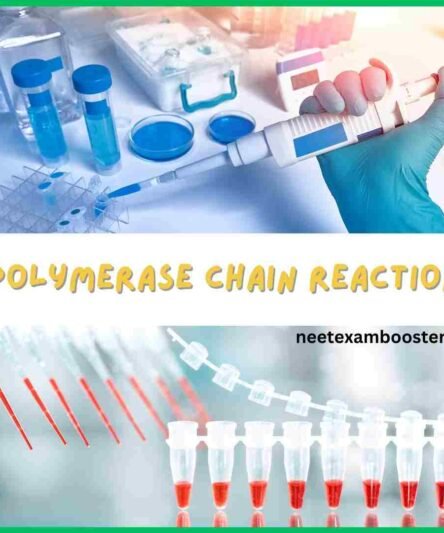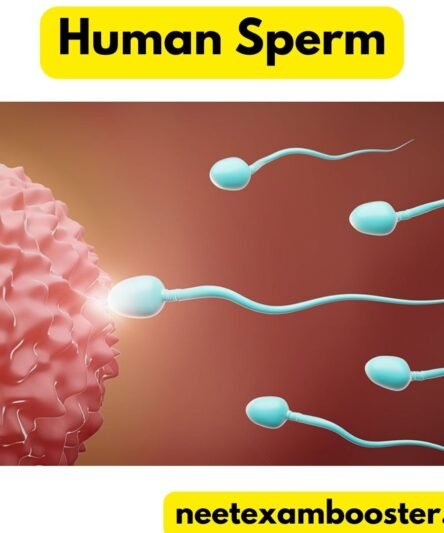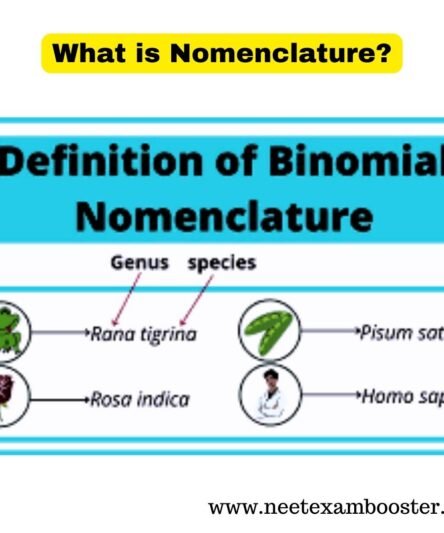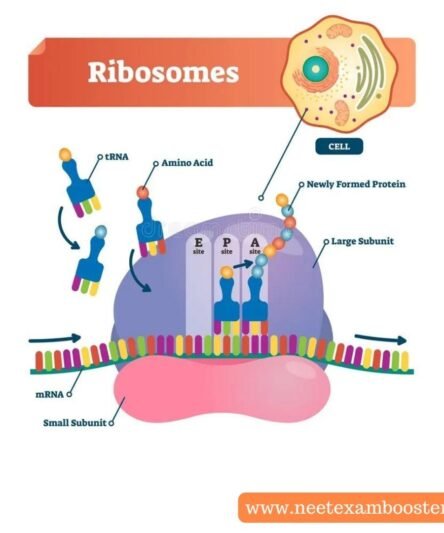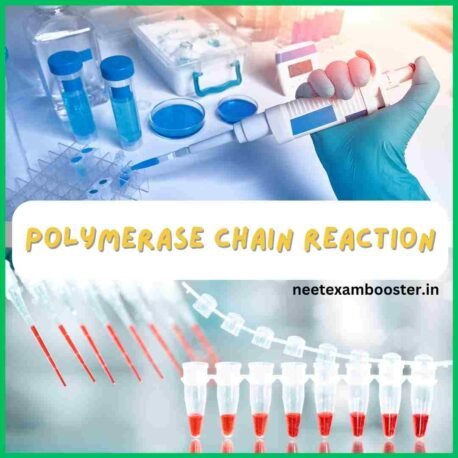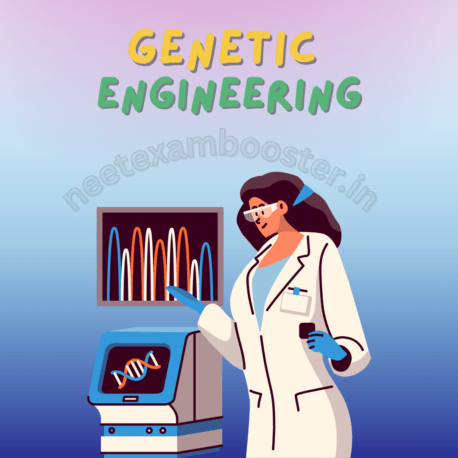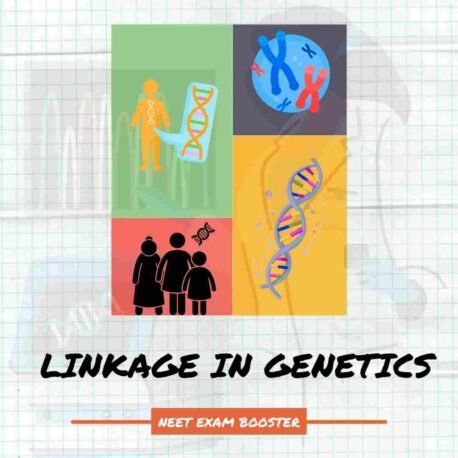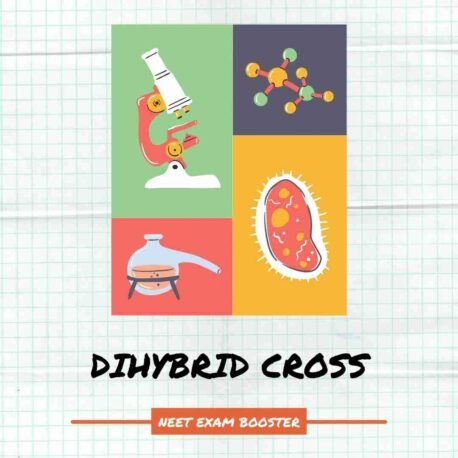Locomotion and Movement Class 11 Chapter 20 – Introduction
Locomotion and Movement Class 11:- One of the most significant features exhibited by the living organisms is movement. Both plants and animals exhibits movement in a wide range of the variety.
A simple form of the movement is where unicellular organisms such as the Amoeba exhibits streaming of the protoplasm. Other movements are movements of the flagella, cilia, and tentacles. Some of the movements cause to shift from one to another position which are voluntary movements,are known as locomotion. The examples of locomotion are running, flying, walking, swimming, etc. Movement and the locomotion are closely linked. All locomotions are the movements but all movements are not locomotions. It varies in different animal to animal. Animals locomote in the search of food, mate, shelter, suitable habitat, suitable climatic conditions or to escape from the predators. Read this Chapter to know more about locomotion and movement.

Locomotion and Movement Class 11 – Very Short Answer Type Questions
Q.1. Name the human body cell/tissues that:
a) Display of ameboid movement.
b) Display of ciliary movement.
A.1.
a) Macrophages and the leucocytes. Cytoskeletal elements such as the microfilaments are involved too.
b) They mostly occurs in the internal organs that are lined by ciliated epithelium. Cilia in the trachea, ciliated epithelium in fallopian tube.
Q.2. A complete coordinated activity of the muscular _______, _________ systems leads to locomotion.
A.2. The Skeletal system and the Neural systems.
Q.3. The cell referring to the sarcoplasm, the sarcoplasmic reticulum, and the sarcolemma. Name the parts of cells that refer to these names.
A.3. Each muscle cell or fibre is lined by the plasma membrane known as the sarcolemma which contains the sarcoplasm. A muscle fibre is a syncytium as sarcoplasm possesses many nuclei. The sarcoplasmic reticulum of muscle fibres stores the calcium ions.
Q.4. Mark components of actin filament in the given diagram:
A.4. Troponin
Tropomyosin
F-actin
Q.5. Write correct sequence of middle ear bones called as ear ossicles starting from the eardrum.
A.5. The sequence of middle ear is-
Malleus
Incus
Stape
Q.6. Write the difference between matrix of the bones and the cartilage.
A.6. Matrix of the bones has an inflexible material, which is known as the ossein and contains calcium salts. Whereas the matrix of cartilage has a flexible material, called Chondrin that may or may not have calcium salts.
Q.7. Where ball and socket joint present in the body?
A.7. Ball and socket joint is present between humerus and the pectoral girdle i.e. the shoulder joints, hip joints, femur bone in t yrs socket pelvic girdle.
Q.8.What do u mean by locomotion?
A.8. Locomotion is defined as the ability of an organism to move from one place to the another one.
Q.9.Write the different types of locomotion in case of humans?
A.9.Different types of locomotion are as follows-
1.Walking 2 Running
3.Swimming 4. Jumping
Q.10. State the difference between locomotion and movement?
A.10. Locomotion is defined as the displacement of a body from one place to the another. On the other hand, movement is defined as the displacement of a body or a part of the body from its original position.
Locomotion and Movement Class 11 – Short Answer Types Questions
Q.1. Write the following terms wrt the rib cage:
a) The bicephalic ribs
c) The true ribs
c) The floating ribs.
A.1.
a) Each rib has two articulating surfaces on the dorsal end and is known as the bicephalic ribs.
b) True ribs are the first seven pairs of ribs which are ventrally attached to sternum with assistance of the hyaline cartilage and dorsally appended to thoracic vertebrae.
c) Floating ribs are last two pair of the ribs and are not attached ventrally to sternum hence given the name floating.
Locomotion and Movement Class 11 Quiz
Q.2. Old people usually suffer from inflamed and stiff joints, what is the name of this condition? Give reasons for the symptoms of this.
A.2. This condition is called Osteoporosis. It is age-related disorder that is symbolized by the diminishing bone mass and higher chances of fractures. In old-aged females Osteoporosis is commonly caused due to the decreasing levels in estrogen hormones after the menopause.
Q.3. Name the hormones causing the fluctuation of the Ca++ level.
A.3. The two hormones are Parathyroid hormone and Calcitonin.
Q.4. Define Gout?
A.4. It is inflammation of joints which is produced due to buildup of the uric acid crystals in synovial joints which causes the movement to become painful and difficult.
Q.5. Write significance of the locomotion in the animals?
A.5. In case of animals, the locomotion plays an important role in helping them to move from one place to the another. Animals moves for many reasons to support their living and existence such as walk, run, jump, fly, swim and to escape from the predators.
Q.6. How and why do muscle contractions derive their energy from?
A.6. They drive energy fom the ATP. Every myosin molecule contains myosin ATPase, an enzyme at the head part. In presence of this enzyme along with the Ca2+, Mg2+ ions, inorganic phosphate, and the ADP, it is disintegrated by the ATP to release energy from myosin head. This energy causes myosin to cross bridges to bind to the actin. These cross-bridges that are energized, move, resulting in sliding of the thin myofilaments with thick myofilaments, thereby causing muscle’s contraction.
Locomotion and Movement Class 11 – Long Answer Types Questions-
Q.1. Does the calcium ion concentration in the blood causes tetany in some of the cases? Compare the fluctuation in the blood calcium with tetany.
A.1. In regulation of the muscle’s contraction, the calcium ions plays a significant role. Parathyroid hormone (PTH) that is secreted by the parathyroid gland increases the calcium level in blood. In hypoparathyroidism (PTH deficiency), the level of calcium in the blood dips which causes an increase in excitability of the muscles and nerves resulting in the convulsions and the cramps. It also produces sustained contractions of muscles of the face, the hands, the feet, and the larynx. This disorder is called as the parathyroid tetany.
Locomotion and Movement Class 11 Study Materials
Q.2. How slipped disc affects lower back and the overall health of the body in an organism?
A.2. Bones are protected by intervertebral discs that are situated in between vertebrae. They can absorb the shocks from the everyday activities such as lifting, walking, and twisting. Each of vertebral discs has the two parts, one is soft inner portion that is gelatinous and other is the tough outer ring. In case of any weakness or injury, the inner part protrudes through outer ring and is known as the slipped disc which can cause added pressure on muscles and nerves surrounding it which affects health in different ways-
1.The numbness and the pain in one side of body.
2.It induces pain that intensifies at the night.
3 It induces the pain that can spread up to legs and the arms.
4. It produces pain after the walking or the sitting.
5.Unexplained weakness of muscles.
6.Burning sensation, aching, tingling in areas being affected.
If it is left untreated, slipped disc can cause severe damage to nerves which can remain permanent. In some of the cases, it can cause nerve impulses to cut off the cauda equina nerves in legs and the lower back which results in loss of the bladder control.
Q.3. Write the role of Ca2+ ions in the contraction of muscles.
A.3. Calcium ions plays a key role in muscle contraction process. During the contraction of muscles, from motor endplate, an action potential passes over sarcolemma and further into T-tubules and the sarcoplasmic reticulum and triggers it to produce the Ca2+ ions into the sarcoplasm. Binding of the calcium ions to troponin causes its shape and position to change which in turns modifies the position and shape of the tropomyosin that binds troponin. This shift presents active sites on molecule, F-actin which prompts myosin cross-bridges to bind to these active sites.
Q.4. What are the differences between the pectoral and the pelvic girdle.
A.4. Both structures are known to provide support to lower and the upper parts of the body. Following are the differences:
| Pectoral Girdle | Pelvic Girdle |
| 1.It is known as shoulder girdle as it occurs in shoulder region. | 1.Pelvic girdle is also called as the hip girdle as it occurs in the hip region. |
| 2. Divided into two parts – One scapula and the other is the clavicle. | 2. One of the pelvic girdle is formed by the two innominate bones where each bone has three different parts – ilium, pubis, and the ischium. |
| 3. It is not articulated with vertebral column. | 3. It is articulated with vertebral column. |
| 4. The articulation of axial skeleton and the upper limb is brought about by clavicle and the scapula. | 4. Innominate at its mid-lateral surface has the deep cup-shaped acetabulum where head of femur connects the two parts of pelvic girdle for the formation of pubic symphysis. |
| 5. It’s associated bones are light and not subjected to more stress. | 5. It’s associated bones are hard and subjected to more stress. |
| Functions of pectoral girdle are- lifting, holding, etc. | Functions of pelvic girdle are -standing, running, jumping, etc. |
Q.5. State differences between the types of movements in an organism?
A.5. Movement is a process of changing position or location in an organism. The different organisms have the different types of the movements-
Based on modes of locomotion, movements are of three types:
- Amoeboid movement: Here movement is the most common mode of the locomotion in all the eukaryotic cells. It takes place in phagocytes of a cell and is most commonly seen in case of amoeba.
- Ciliary or flagellar movement: Here movement occurs in internal tubular organs which are lined by ciliary epithelium. Some of our internal tubular organs exhibit ciliary movements.
- Muscular Movement: It is a more complex movement which involves the muscle fibres, which have the ability to contract and to relax. This type of movements is seen in all different higher vertebrates.
Click here to join our telegram channel for more study materials like this(Locomotion and Movement Class 11)

